The Great War entered its third year in 1917, with another year yet to go. Before wars acquired numbers, it was the most cataclysmic war in living memory, destroying the lives of some thirty-six million on all sides and leaving untold millions more, maimed.
In March of the following year, a new batch of trainees cycled through Fort Riley in Kansas, fresh recruits destined for the “War to End All Wars”. On reporting for breakfast one morning, none could know that an enemy lurked among them, more lethal than the war itself.
Private Albert Gitchell was coming down with cold-like symptoms: sore throat, fever and headache. Never mind breakfast. Pvt. Gitchell was headed for the base hospital. By noon over a hundred reported sick, with similar symptoms.
 Ordinary flu strains prey most heavily on children, elderly, and those with compromised immune systems. Not this one. This flu would kick off a positive feedback loop between small proteins called cytokines, and white blood cells. This “cytokine storm” resulted in a death rate for 15 to 34-year-olds twenty times higher in 1918, than in previous years.
Ordinary flu strains prey most heavily on children, elderly, and those with compromised immune systems. Not this one. This flu would kick off a positive feedback loop between small proteins called cytokines, and white blood cells. This “cytokine storm” resulted in a death rate for 15 to 34-year-olds twenty times higher in 1918, than in previous years.
The young and healthy immune system of the victims are precisely what killed them.
The armistice was a bare two weeks in the past on November 29, 1918. Formal peace negotiations would occupy the whole of 1919.
History has a way of swallowing some events, whole. Like they never even happened. The Spanish flu afflicted some five hundred million worldwide, killing an estimated fifty to one hundred million. Two to three times the number killed by the war itself and yet, the story was overshadowed by the end of the war.
Small wonder it is then, that such an event would itself eclipse a pandemic far smaller but in some ways more terrifying, than the worldwide calamity of Spanish flu. To this day, nobody knows where this enemy came from. Nor where it left to, when it went away.
In 1915, Austrian psychiatrist and neurologist Constantin von Economo described the signs and symptoms of a strange new condition which came to be called Von Economo’s Disease. The illness was labeled Encephalitis Lethargica, literally “Inflammation of the brain which makes you tired”.
“We are dealing with a kind of sleeping sickness, having an unusually prolonged course. The first symptoms are usually acute, with headaches and malaise. Then a state of somnolence appears, often associated with active delirium from which the patient can be awakened easily. He is able to give appropriate answers and to comprehend the situation. This delirious somnolence can lead to death, rapidly, or over the course of a few weeks. On the other hand, it can persist unchanged for weeks or even months with periods lasting bouts of days or even longer, of fluctuation of the depth of unconsciousness extending from simple sleepiness to deepest stupor or coma,” Die Encephalitis lethargica, Constantin von Economo, 1917
Encephalitis Lethargica is also known by the deceptively benign name of “Sleepy Sickness”. Von Economo distinguished three phases of the illness. Symptoms of the somnolent-ophthalmoplegic include paralysis of the cranial nerves leading to expressionless faces and involuntary eye movements, with overwhelming sleepiness leading to coma. Fully one-third of E.L. sufferers died during this phase, of respiratory failure. The hyperkinetic form manifested itself with restlessness and motor disturbances leading to facial contortion, anxious mental state and an inability to sleep, often leading to death by exhaustion.

The amyostatic-akinetic form frequently resulted in a chronic state resembling Parkinson’s disease, called Postencephalitic Parkinsonism.
Autopsies revealed this third phase to result from localized neurodegeneration of the Substantia Nigra, the basal ganglia structure of the mid-brain which plays a role in reward and associative learning as well as bodily movement. Unknown to the sufferer, this neurodegeneration takes place over an interval of a few days to thirty years, consigning the sufferer to a trance-like state in which the patient is rendered speechless and motionless, fully aware but, for all intents and purposes, a statue.

The 1973 non-fiction book Awakenings by Oliver Sacks, describes what that looks like:
“They would be conscious and aware – yet not fully awake; they would sit motionless and speechless all day in their chairs, totally lacking energy, impetus, initiative, motive, appetite, affect or desire; they registered what went on about them without active attention, and with profound indifference. They neither conveyed nor felt the feeling of life; they were as insubstantial as ghosts, and as passive as zombies”.
It is hard to imagine a more terrifying condition. Worldwide, Encephalitis Lethargica afflicted some five million between 1915 and 1924. The disease preyed mostly on young victims, between 15 and 35. Early symptoms include high fever, headache, fatigue and runny nose. Sufferers would take to bed believing it to be nothing more than a cold, or flu. Meanwhile, the unknown enemy within quietly spread to the brain.

Fully one-third of sufferers died in the acute phase, a higher mortality rate than the Spanish flu of 1918-’19.
For most who recovered, wellness would prove an illusion. Unknown to the sufferer, localized neurodegeneration was quietly taking place leading to a second phase of the disease. A state of Post-Encephalitic Parkinsonism (pep) would emerge sometimes, within a few days. Sometimes the process would take 30 years. Those who had entered this PEP state of the disease never returned to pre-disease states of “aliveness” and lived out the rest of their days institutionalized, literal prisoners of their own bodies. They had become living paperweights.
Barely 14 percent emerged from the condition with no lasting effect.

Professor John Sydney Oxford is an English virologist, a leading expert on influenza, the 1918 Spanish Influenza, and HIV/AIDS. Few have done more in the modern era to understand Encephalitis Lethargica: “I certainly do think that whatever caused it could strike again. And until we know what caused it we won’t be able to prevent it happening again.”
Doctors Russell Dale and Andrew Church discussed 20 new cases in 2004, published in the Oxford University medical journal Brain. The two hypothesize infection leading to a massive auto-immune response, possibly brought on by an unusual Streptococcus bacterium.
Further study is needed but, perversely, such study is only possible given more cases of the disease. For now, the lethal pandemic of 1915 – 1924 remains one of the great medical mysteries. An epidemiological conundrum, locked away in a nightmare closet of forgotten memory.
We can only hope it stays that way.



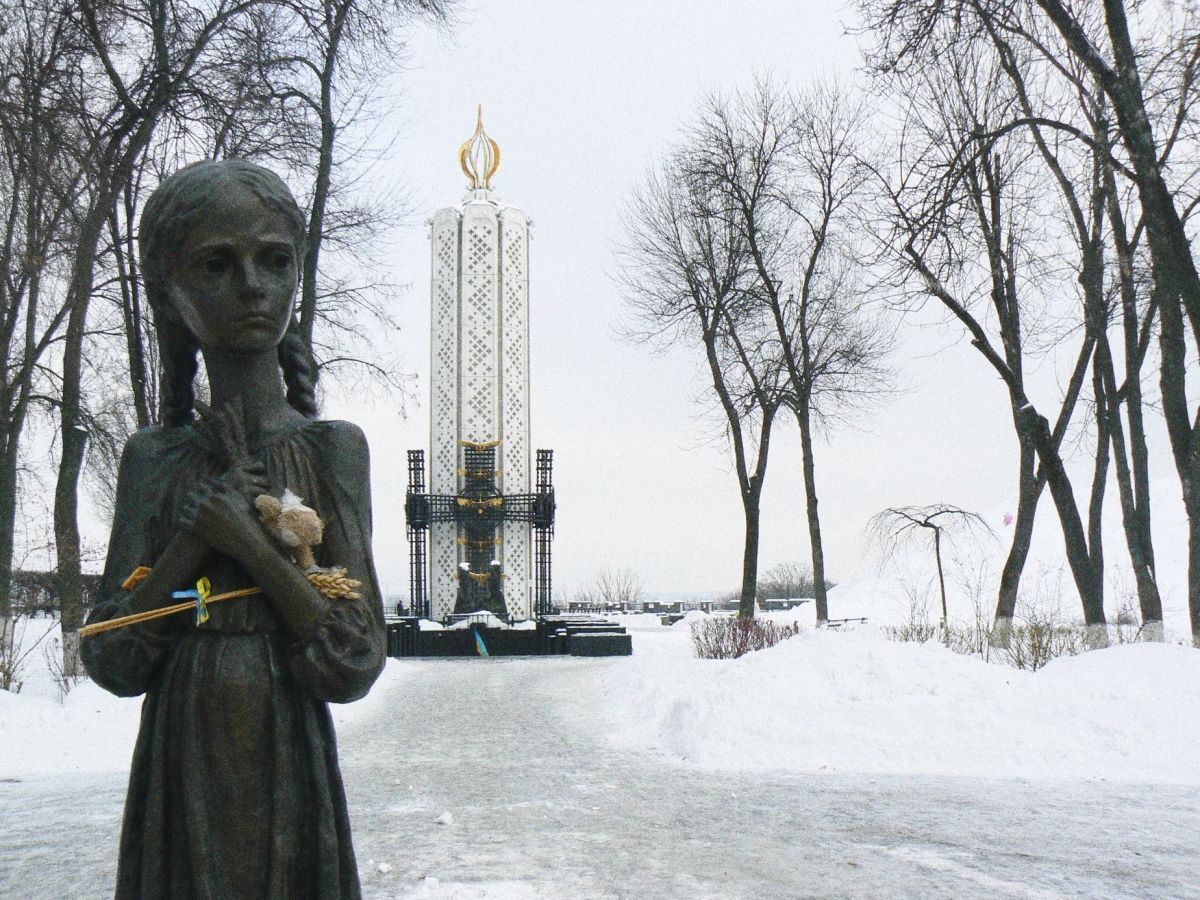

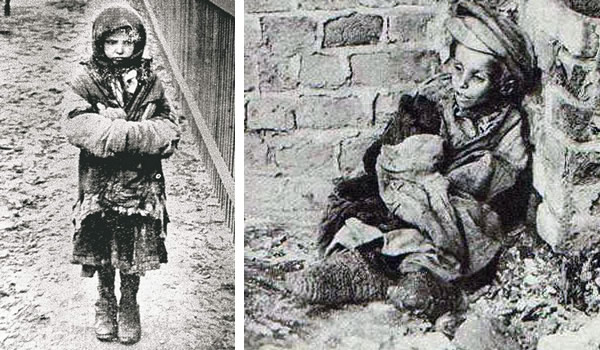
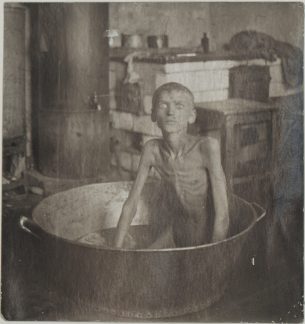



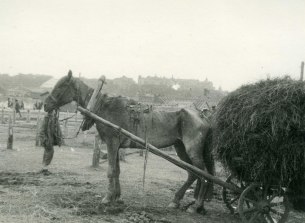
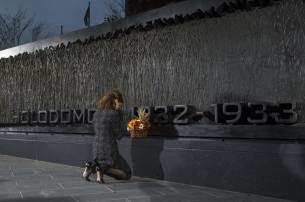
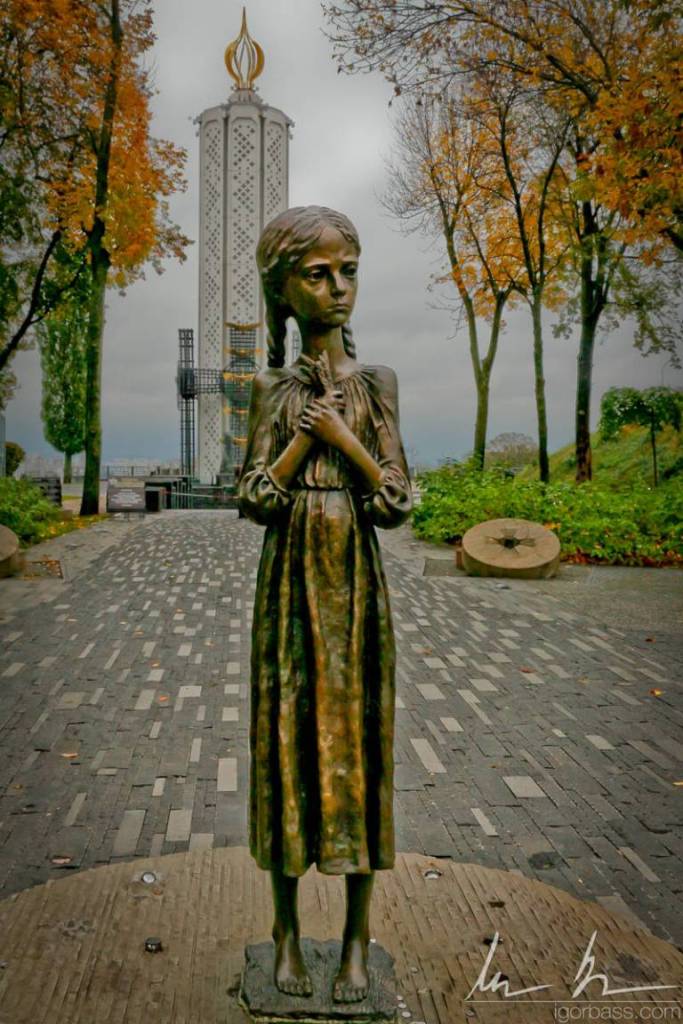






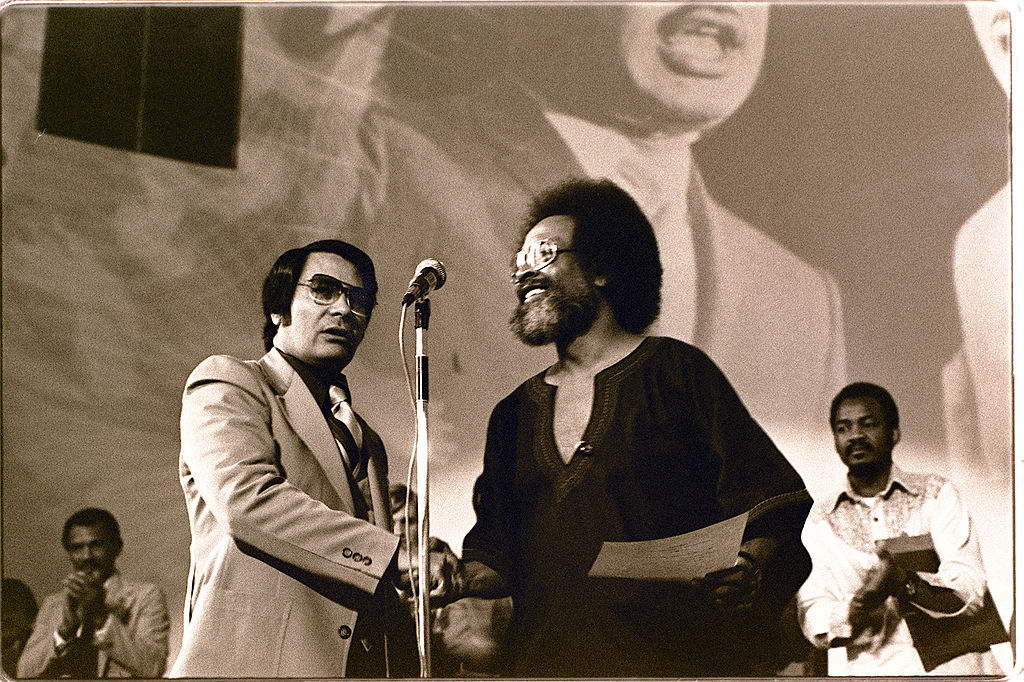








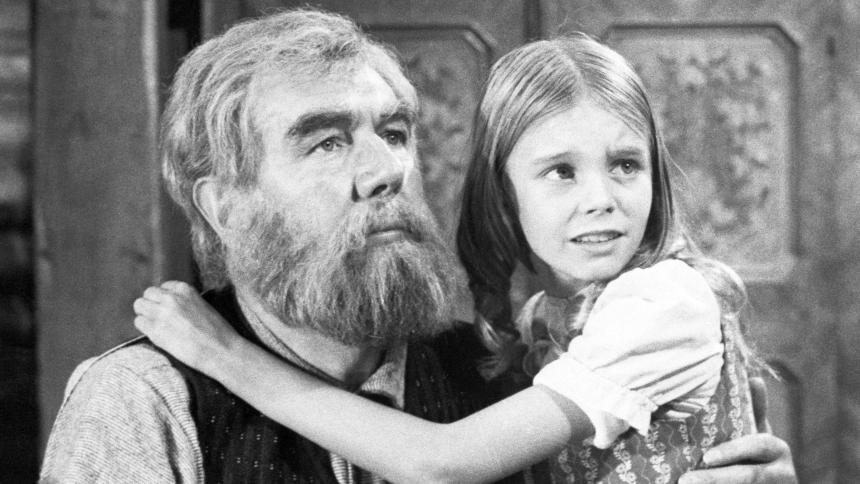










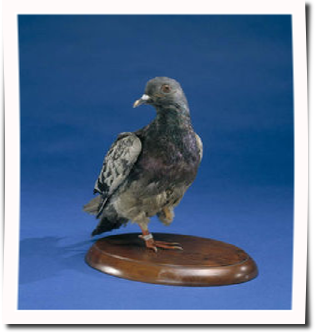

















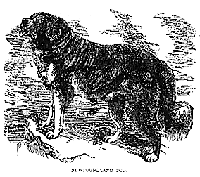
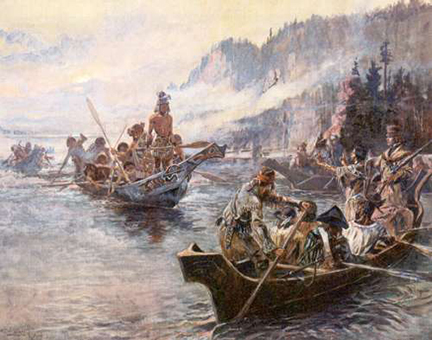
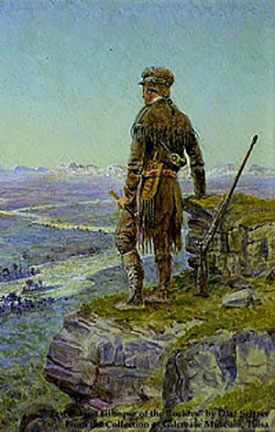

You must be logged in to post a comment.